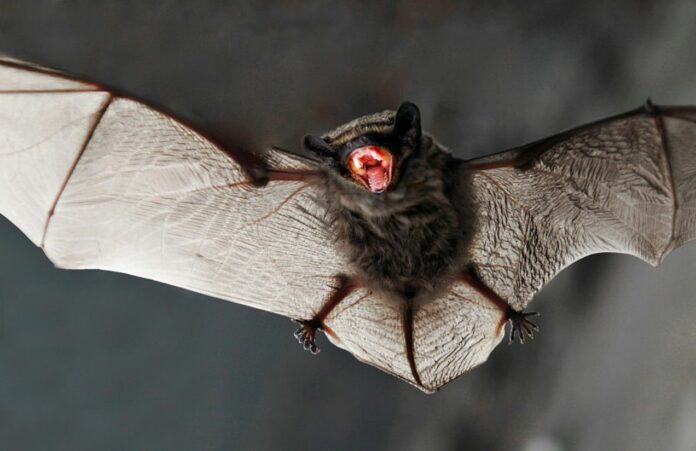What do bats and humans have in common?
Bats, like many other creatures, use sound to communicate with one another. But bats are really loud when it comes to making noise.
The range of frequencies that bats can make also called their “vocal range,” is much wider than that of any other vertebrate, including humans. Researchers still don’t know what all of their sounds and songs mean, but they are learning more and more about how they make these sounds.
Bats, according to new research published in the peer-reviewed journal PLOS Biology, employ the same vocal approach as human death metal vocalists and Tuva people of Siberia and Mongolia when producing certain sounds. This research was carried out by a group of scientists from the University of Southern Denmark, headed by Professor Coen Elemans from the Department of Biology. For the first time, the team filmed what happens in a bat’s larynx when it makes a sound.
“We identified for the first time what physical structures within the larynx oscillate to make their different vocalizations. For example, bats can make low-frequency calls, using their so-called “false vocal folds” – like human death metal singers do,” says Coen Elemans.
Although they superficially resemble real vocal folds, the false vocal folds are really functionally irrelevant to human voice production. Only a few civilizations throughout the world’s throat singers and death metal growlers employ their false vocal folds like bats. People move their vocal folds down so that they move back and forth with them.
“This makes the vocal folds heavy and therefore they vibrate at very low frequencies”, explains first author Jonas Håkansson.
When flying into or out of a crowded roost, bats often make growling noises. Researchers are unsure of what a growling bat is trying to say when it emits low noises between 1 and 5 kHz using its false vocal folds.
“Some seem aggressive, some may be an expression of annoyance, and some may have a very different function. We don’t know yet,” adds co-author Lasse Jakobsen.
Bats use echolocation to hunt insects in total darkness. They make very short, very high-pitched calls and listen for the echoes that objects in the area send back. This is how they find and catch insects.
“A bat can determine the shape, size and texture of echoing objects within milliseconds,” adds Lasse Jakobsen. The study also shows for the first time how bats can make their very high-pitched echolocation calls. They do this by moving very thin vocal membranes. Humans used to have these membranes, but we lost them as we evolved.

“We have directly filmed these vocal membranes for the first time. To show their vibrations we needed to film at extremely high rates, up to 250,000 frames per second. We see many adaptations in the larynx, that we think are responsible for the bat’s ability to make very high frequency calls very fast, so that they can catch insects while flying,” adds Jonas Håkansson.
According to the study team, a bat’s vocal range typically covers 7 octaves.
“That is remarkable. Most mammals have a range of 3-4, and humans about 3. Some human singers can reach a range of 4-5, but they are only very few. Well-known examples are Mariah Carey, Axl Rose and Prince. It turns out that bats surpass this range by using different structures in their larynx,” adds Coen Elemans.
Source: 10.1371/journal.pbio.3001881
Image/Video Credit: Getty
